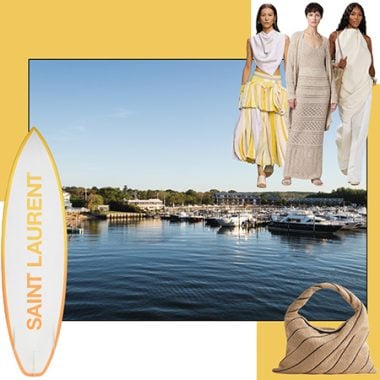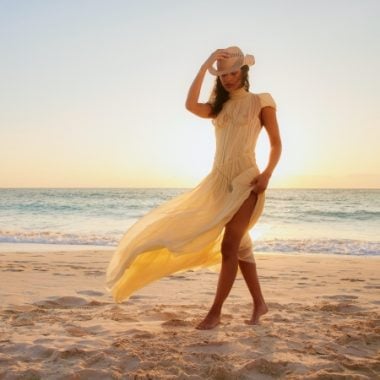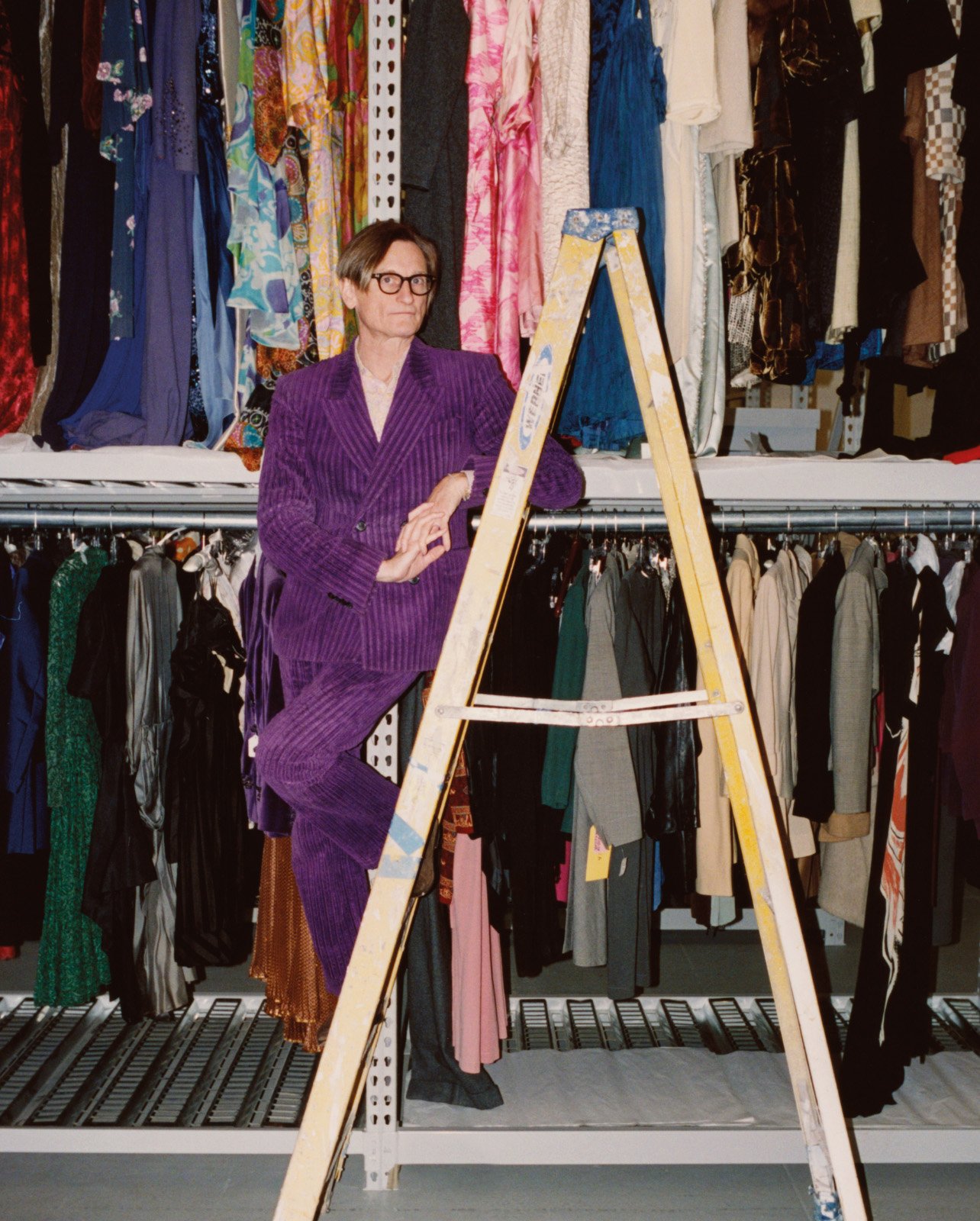
Vogue Editor at Large Hamish Bowles in his fashion archive as seen in the new book “Collecting Fashion,” available now at Books & Books, Bal Harbour Shops. Photo by Stanislaw Boniecki
Collecting is a deeply emotional endeavor. A true collection is a tangible expression of the self: a way to give the ephemerality of life greater permanence. Small children will frequently pocket pinecones or pebbles to marvel at later, amassing an array of pedestrian objects that seemingly lack value as individual items. But adults who possess the same single-minded drive to create meaning from a consolidation of objects are a much rarer phenomenon, often letting the force of their passion shape their lives. In “Collecting Fashion,” a new book from Rizzoli, acclaimed fashion stylist—and style icon—Alexandra Carl has sought out 20 of these individuals and captured their collections with photographers, creating a series of intimate portraits that capture the spirit of each one by way of the objects of their affections. There’s The World of Interiors Editor and Vogue Editor at Large Hamish Bowles, whose collection of antique couture could populate a museum; Zohra Alami, whose archive of contemporary fashion in Paris, Passage, was founded in response to the “instant obsolescence advocated by a speed-crazed industry”; sound designer Michel Gaubert, who hoards his collection of designer clothes in a basement archive he calls the “Bat Cave”; and Jefferson Ihenacho, whose One of a Kind Archive in London has been a go-to for stylists since the late 90s. We spoke with Carl to learn more about what it was like to meet people who live a real-life fashion fantasy.
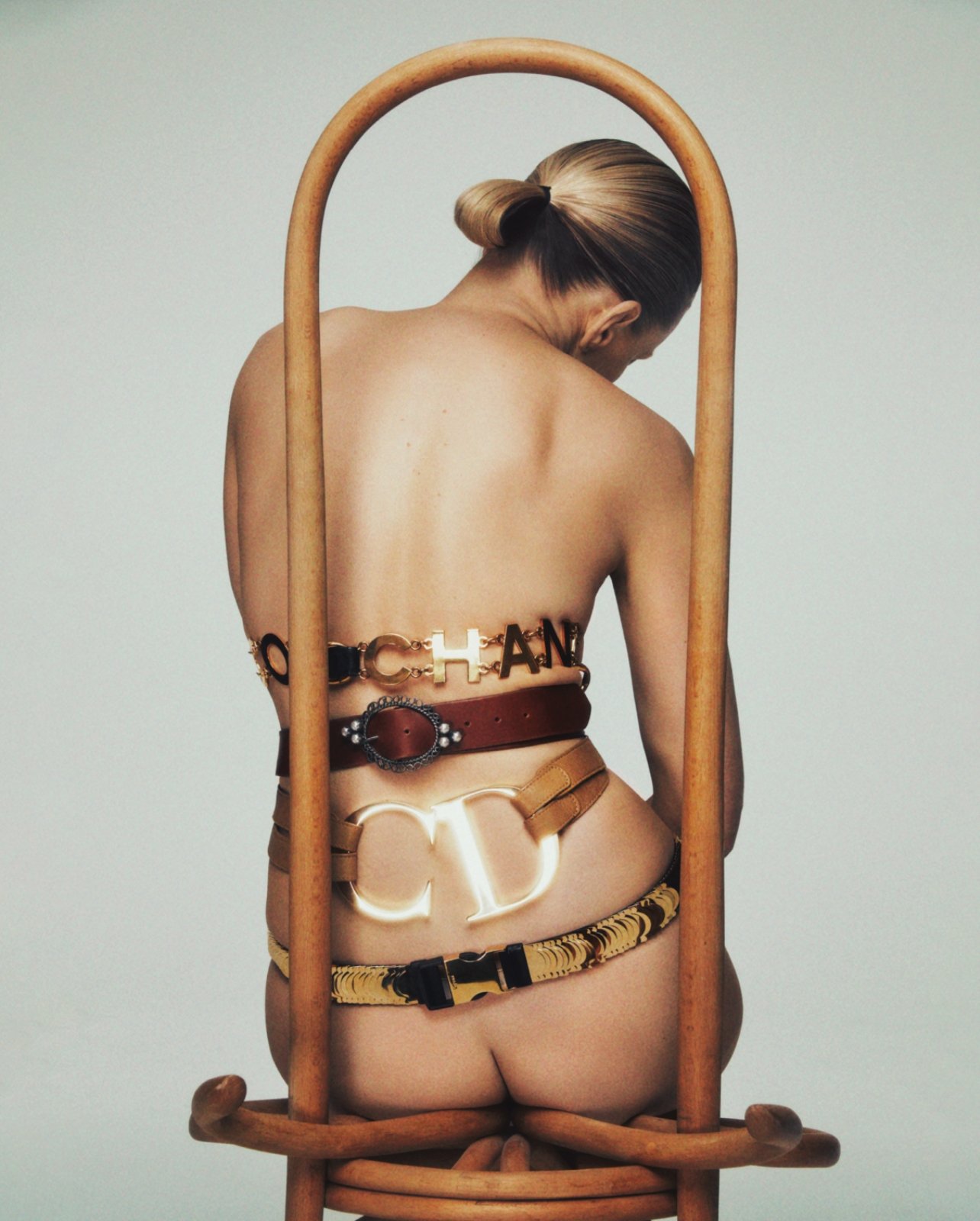
An assemblage of belts from the collection of Alexander Fury, featured in “Collecting Fashion.” Photo by Carlijn Jacobs; courtesy of Rizzoli.
How did the idea to write a book on collecting first come about?
I have always been fascinated with people who have a genuine and emotional attachment to what they wear, because of memories or some inexplicable dream or fantasy. In my job as a fashion stylist and consultant, I’ve been lucky to meet some of these people and I wanted to share their incredible treasures, and show that our relationship with clothes is deeply bound to our emotions as well as the actual act of creating the garments.
How did you go about finding all of these collectors? Was there anyone you discovered in a particularly unusual manner?
The detective work required to get to some of these people was unreal. Many came to me through word of mouth, then a phone number passed through a conversation, which eventually led me to the collectors. Vicky Roditis, who lives in Vienna, worked with Martin Margiela throughout his time at the house, and was partly paid in trade when the brand was in its early stages. I got her phone number through Angelo Flaccavento, who wrote my introduction; they shared a car in the early ‘90s as they traveled through Antwerp, but they hadn’t spoken for years. I suppose I’m lucky that phone number still worked. [Former fashion designer and] photographer Miguel Adrover, who lives amongst peacocks in Mallorca, only has a landline. His collection of his own designs comingle with pieces inherited from his grandparents. Zaha Hadid’s extensive shoe obsession was mentioned to me by curator Hans Ulrich Obrist; a year later we finally got access to shoot them.
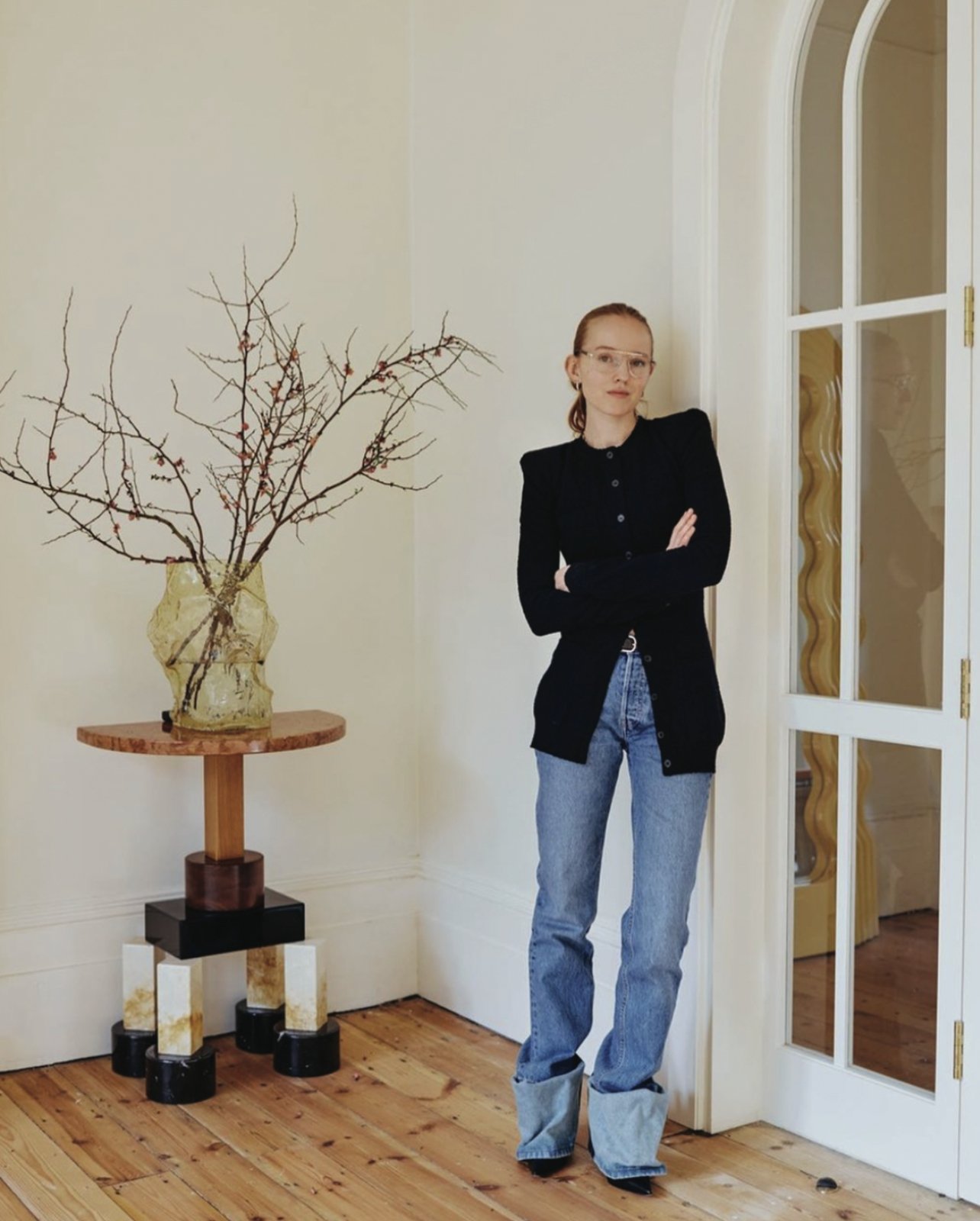
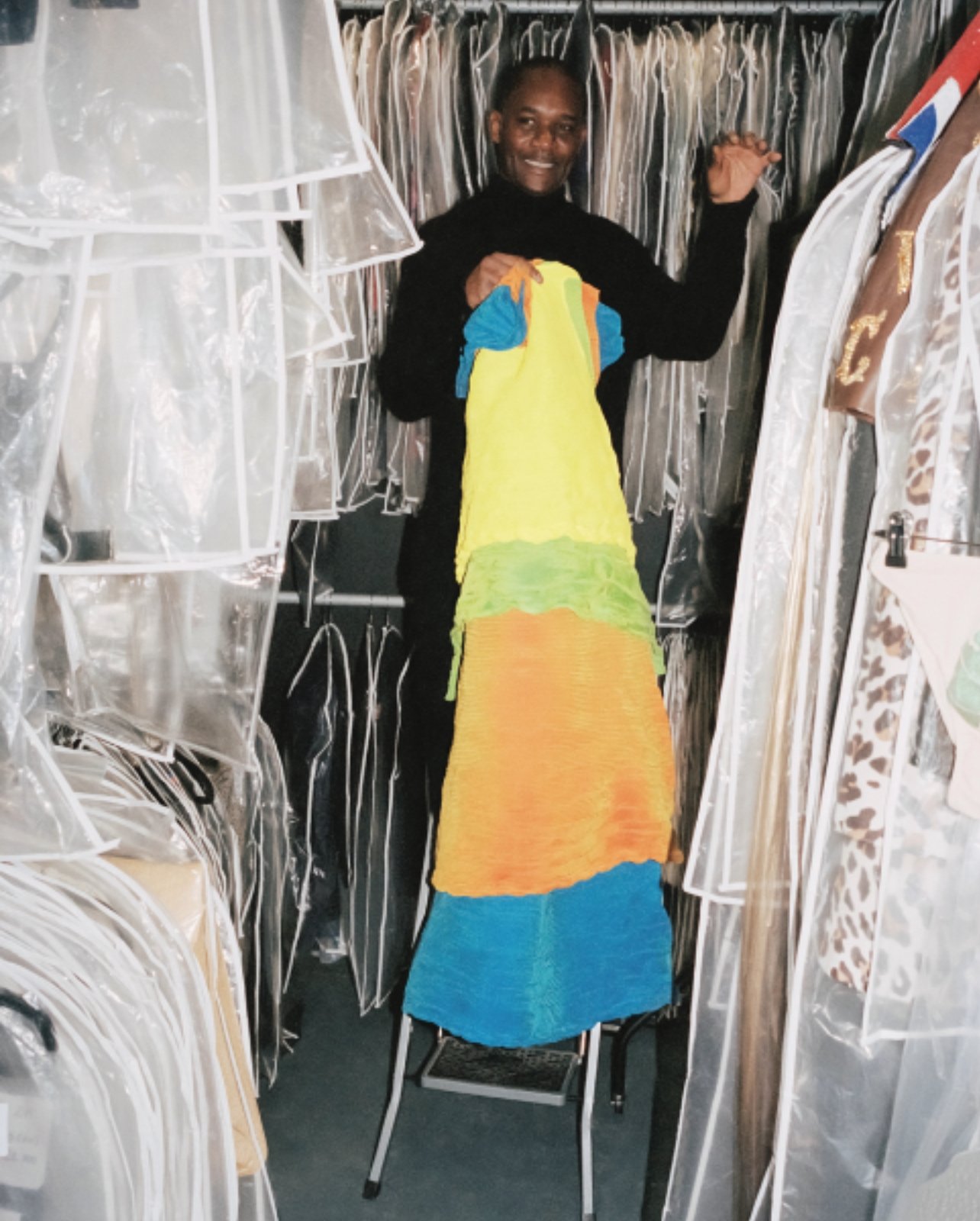
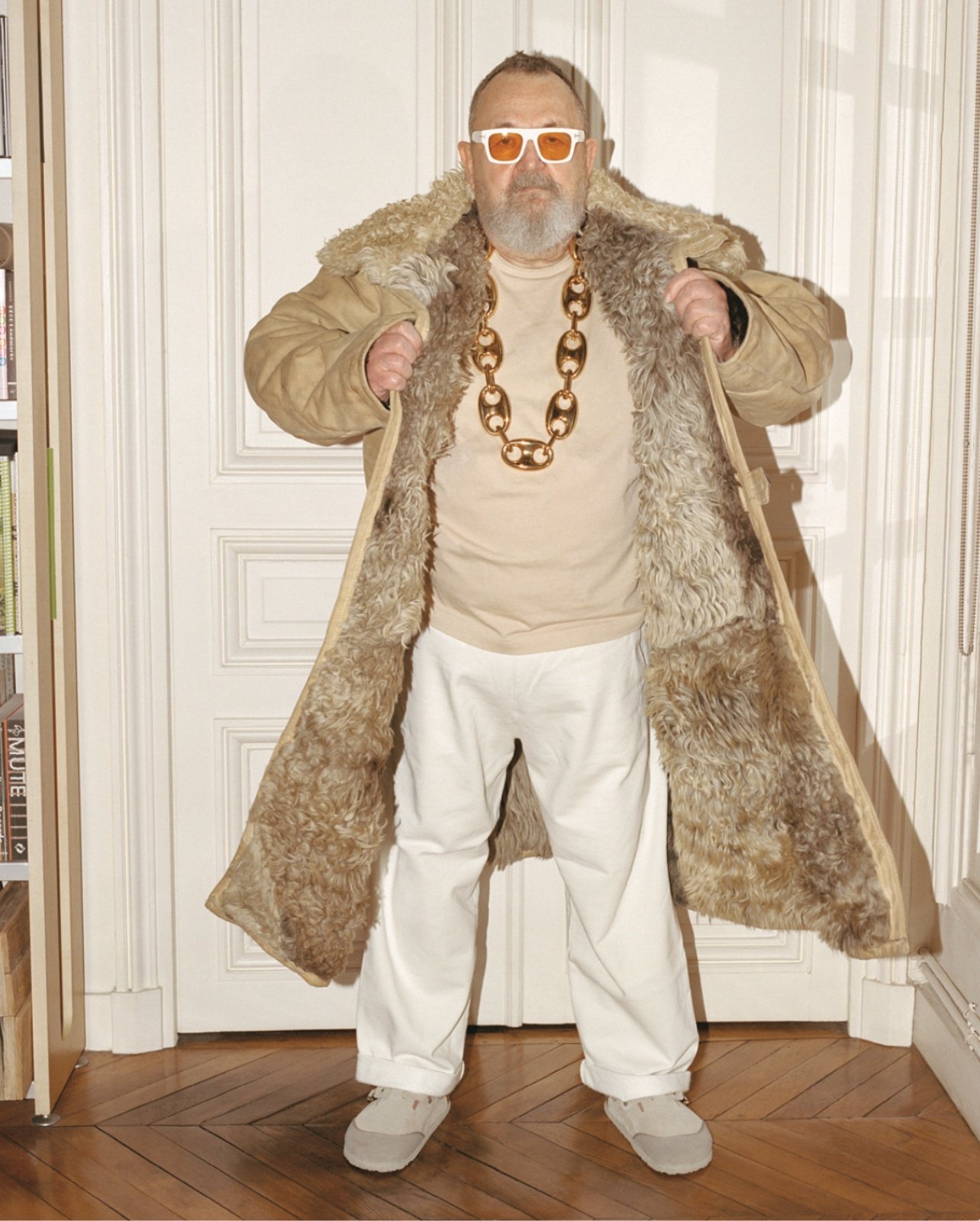
What was the most interesting encounter with a collector you had while putting together this book?
Probably uncovering Zaha’s shoes, the collection of which no one had seen [since her passing and] prior to us arriving at her property.
Jean Baudrillard wrote: “Every object thus has two functions—to be put to use and to be possessed.” Why do you think the drive to pos- sess has remained so consistently fascinating throughout history?
What I actually like about a lot of the people in the book is that they don’t just purchase to possess, but also to wear. It’s very much the way I think of my own collection and about clothes in general. There’s also this dream and desire that is inexplicable, which is probably what makes it so fascinating. And is it ever resolved? Completed?
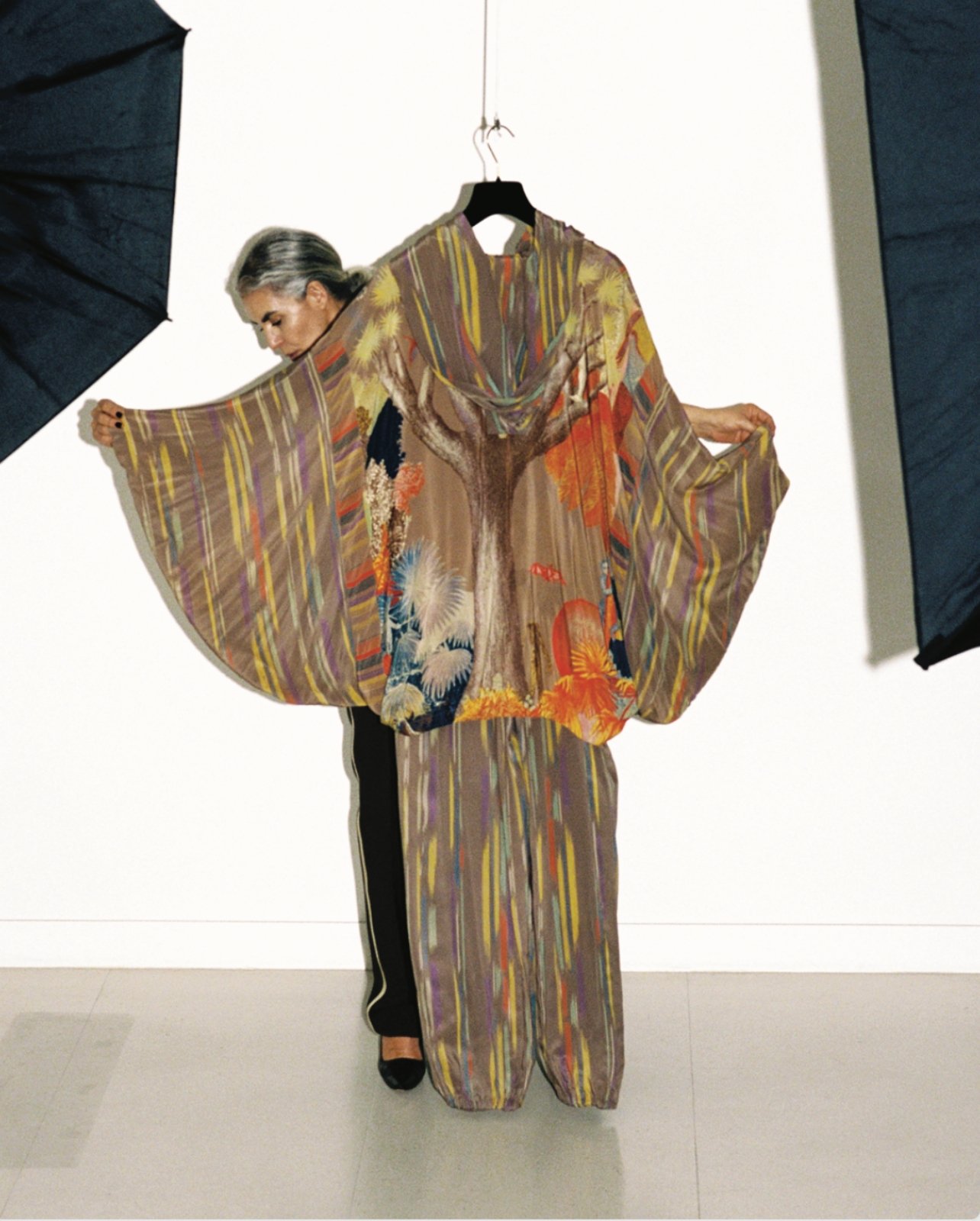
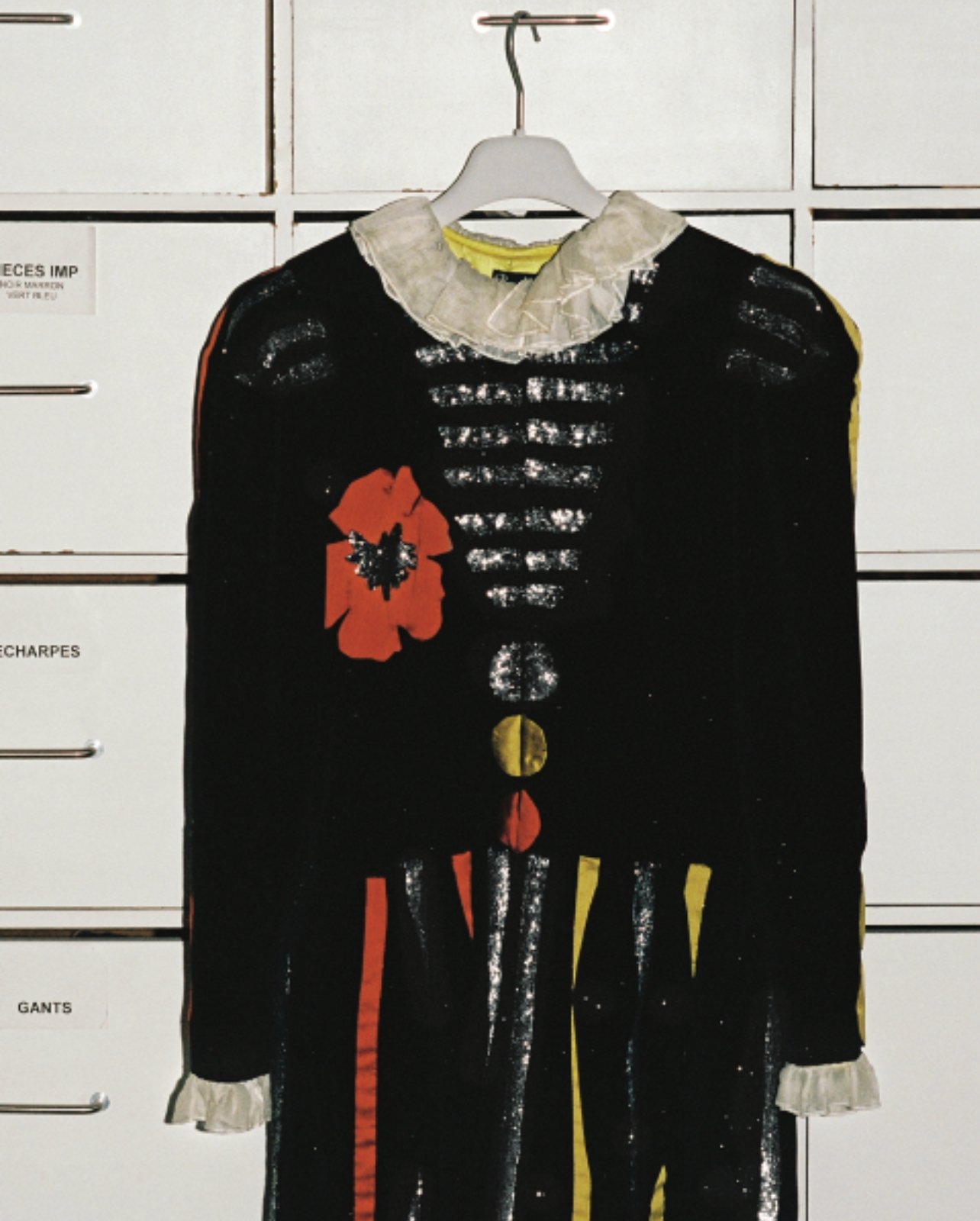
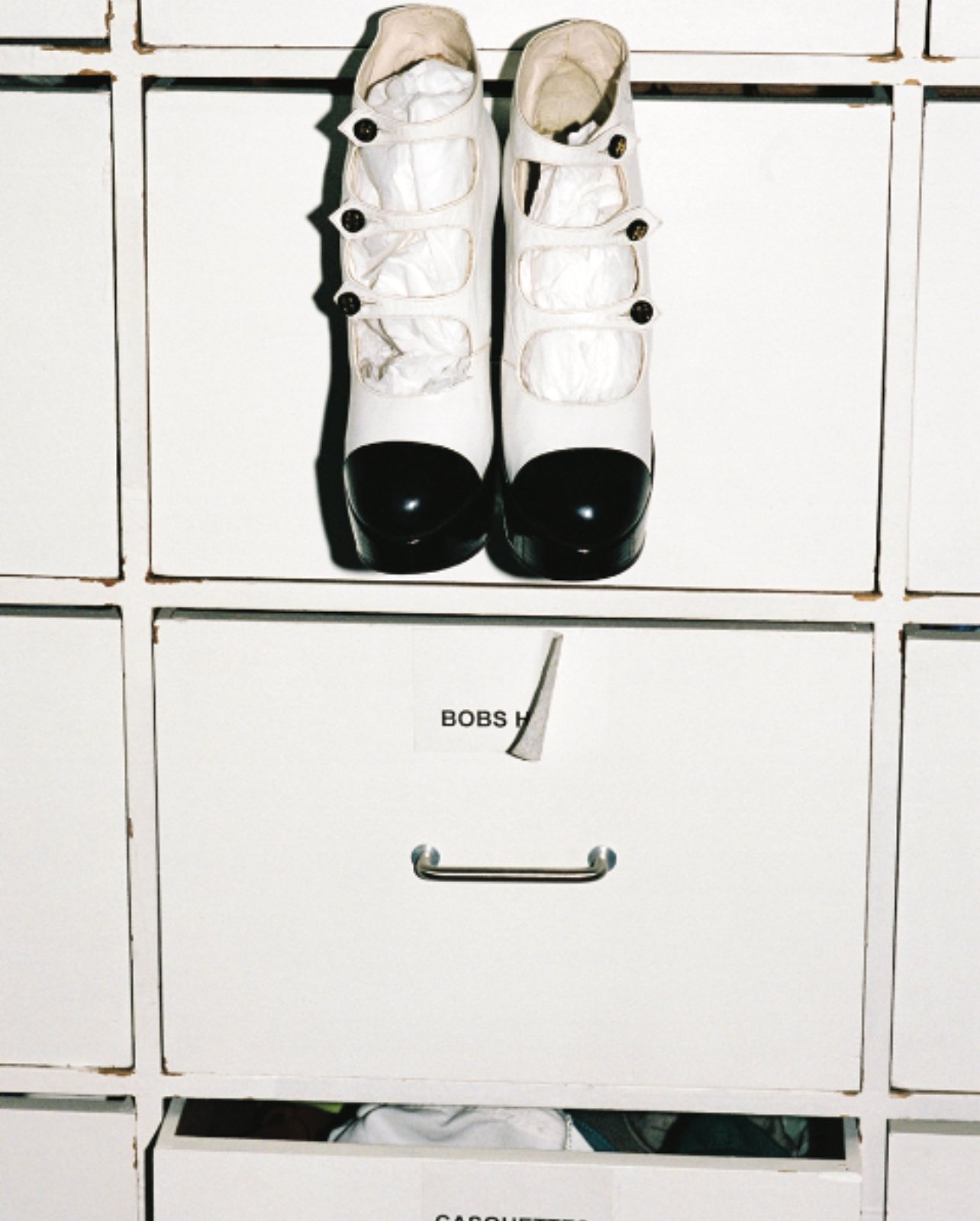
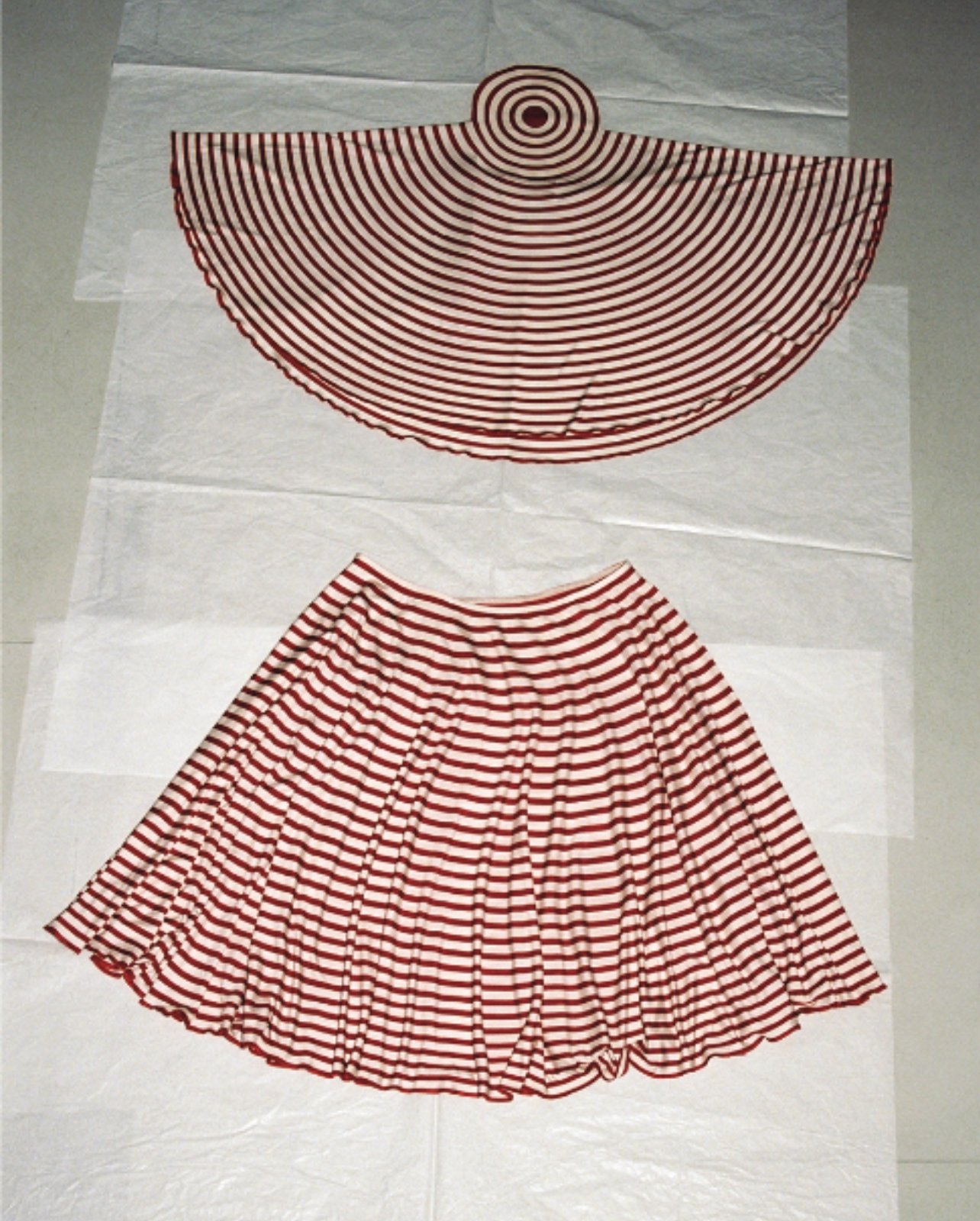
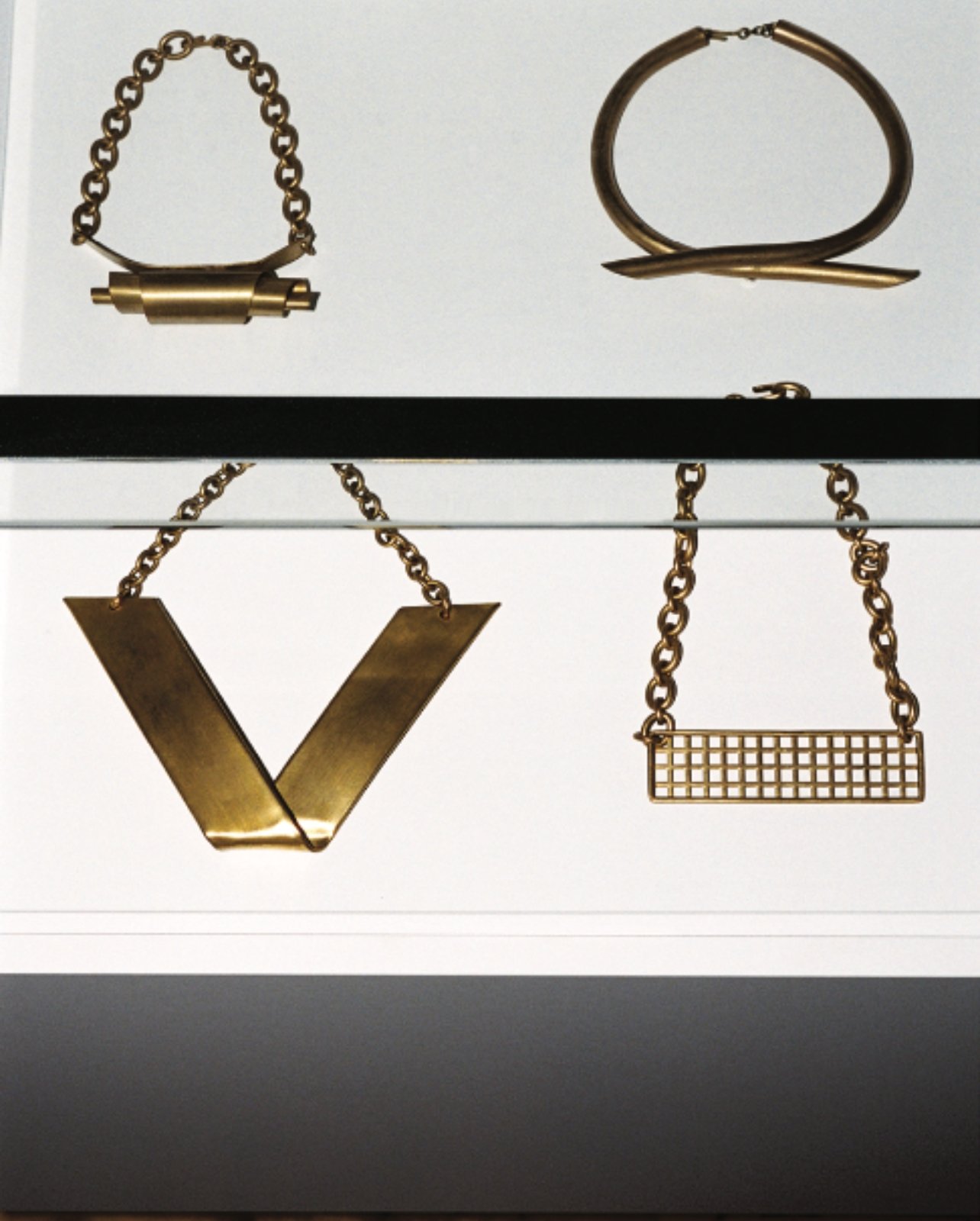
Is there a rare or valuable item you’ve come across while documenting collections that shocked or surprised you?
Yes, very much so. Alexander Fury’s Galliano showpiece dress, lined with Quality Street chocolate foil on the inside. The Margiela glove tops and label tops, which are one-of-a-kind items, all sourced individually and cleaned before being stitched together. It’s fascinating to me that one of the most celebrated designers of this century was actually upcycling from the start of his brand.
Do you yourself collect anything? If so, why? What draws you to it?
The earliest pieces I felt drawn to were my mum’s vintage YSL clothing from her time in Paris. Today I collect coats and bags by Nicolas Ghesquière, some Chanel, and both Céline and Chloé designed by Phoebe Philo. I mainly invest in pieces I will wear or imagine my kids [may want] to keep. However, as a stylist, I find it’s sometimes hard to separate your own reality from your work, so I tend to also invest in pieces that I feel I may need for a shoot one day.


